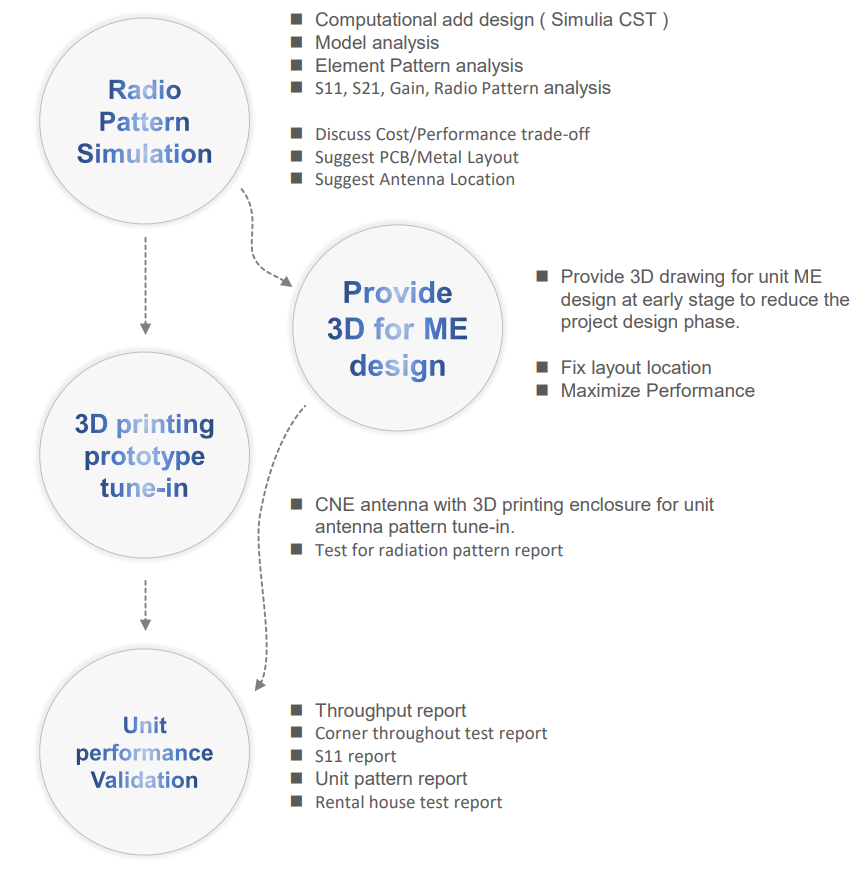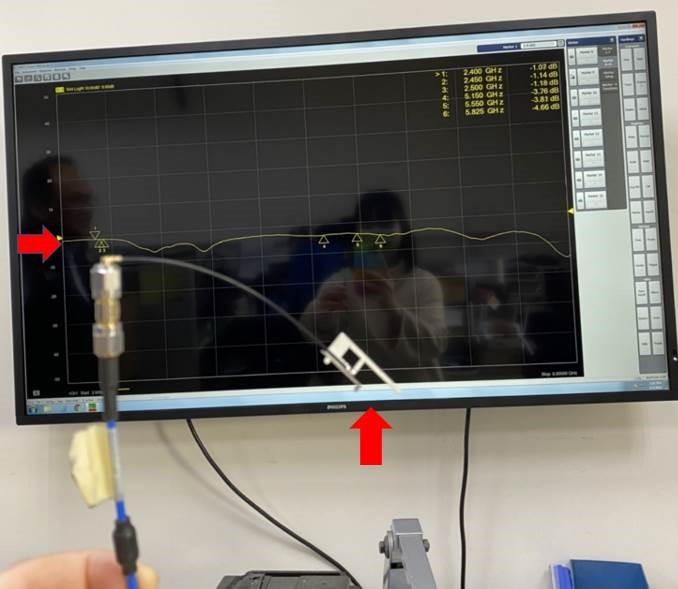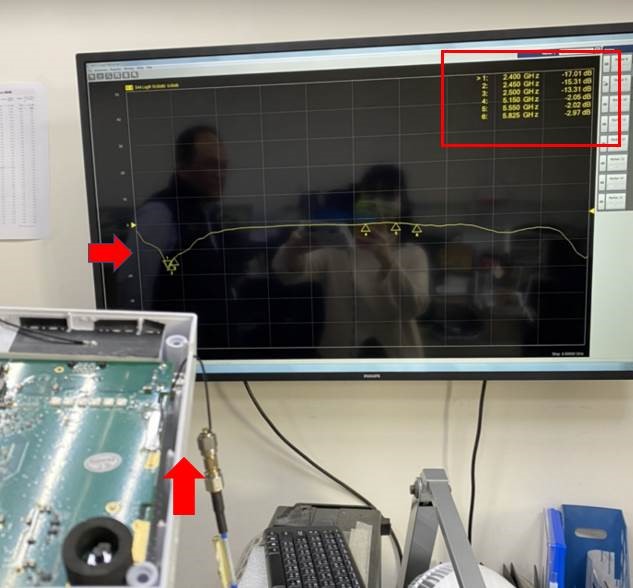Technology
What’s the Difference of a PIFA Antenna Tested with and without Ground?
Among the issues of antenna testing methods, there is one specifically important but sometimes a bit difficult to notice beforehand.
Before getting there, here is LYNwave’s basic antenna design process:

As the process shows, LYNwave is strong on using simulation software and items of testing equipment, such as ETS and OTA Satimo chamber systems and other throughput testing chambers, to design optimized antennas for clients all over the world. We can help evaluate antenna specifications like S11, S21, gain, efficiency and radiation pattern, to maximize antenna performance, making sure all the client’ expectations are meet before mass production, including solving the issues during all of the antenna tests.

Solving the Issues During All of the Antenna Tests
Take one issue of an embedded antenna as an example, regardless of the types of built-in antennas, it is easily affected by the environment.
For instance, if a dipole or PIFA antenna is very close to a metal part in a device, the radiation pattern and frequency will be affected. In this case, it will cause a shift in the radiation pattern, as well as a frequency offset. As a result, it will have an effect on antenna performance of the internal antenna, which will be a problem to the on-going project.
On top of this, there is one issue that is particularly important but a bit easily overlooked in advance.
We know now a built-in antenna is easily to be affected by the environment, and amidst the types of internal antennas, a huge difference appears when a PIFA antenna is tested with or without a host device.
When a device is in operation, an embedded antenna is inside the device, so during the antenna testing, the antenna also needs to be installed on the board with ground to have the correct S11 and peak gain. That is to say, when an internal antenna is tested in free space, without an enclosure, without ground, then the correct S11 and peak gain cannot be obtained.
Here is an example of a built-in 2.4GHz antenna tested with and without ground:
|
PIFA Antenna Tested Only (w/o Ground) |
PIFA Antenna Tested in a Device (w/ Ground) |
|
|
|
|
Out of band |
In band |
|
S11 not below -10 |
S11 below -10 |
|
Cannot function well |
Can function well |
On the left picture, the PIFA antenna is tested only (without ground).
On the right picture, the PIFA antenna is tested in a device (with ground).
As we can see from the left picture, when the PIFA antenna is tested without a host device, the testing result shows that the S11 is not below -10, which means the antenna is out of band. It cannot function normally, not to mention the peak gain. As for the right picture, when the PIFA antenna is tested in an enclosure, then the S11 is below -10 successfully, meaning the antenna is in band and can function well.
In conclusion, there is a huge difference when a PIFA antenna tested with and without ground.
If you are interested in more details of antenna testing or customized antenna/thermal/outdoor enclosure solutions, feel free to contact us for more information.
We’d be glad to offer our prompt and optimized service to help you solve the problems, making sure to be a reliable business partner to you.


